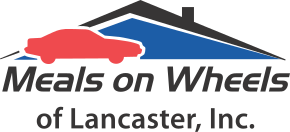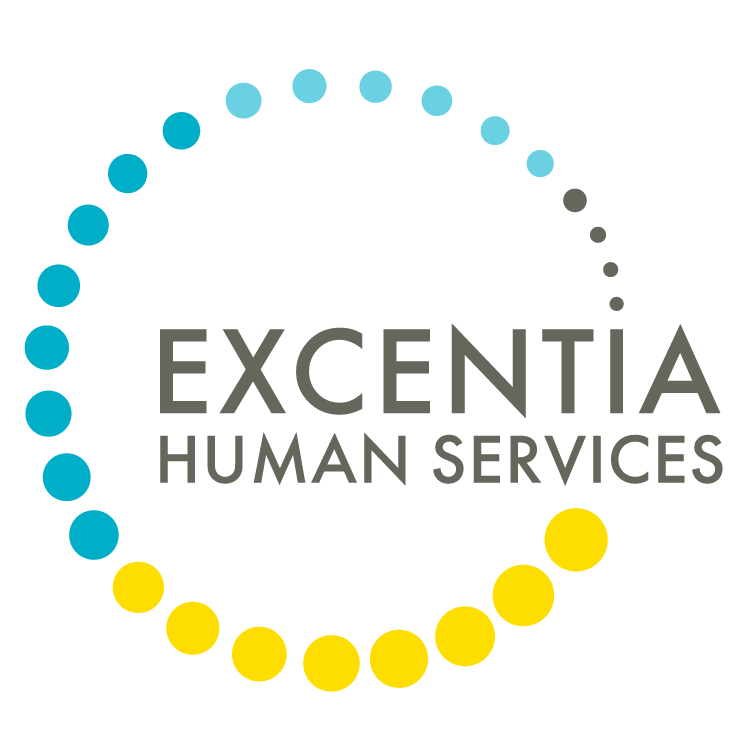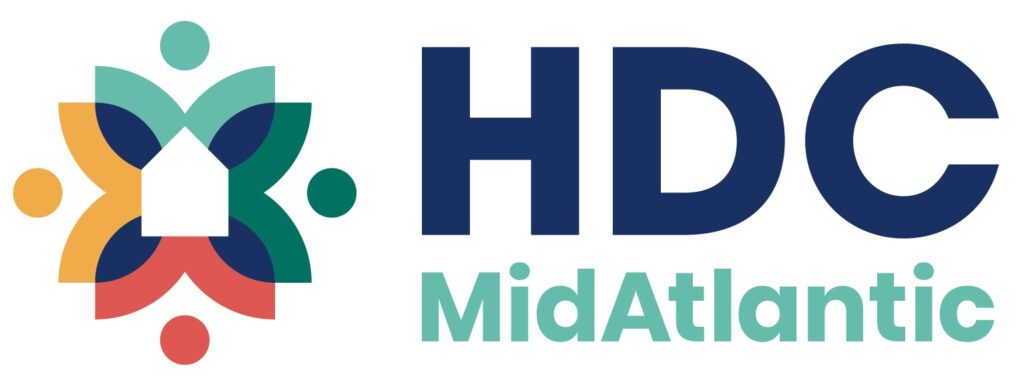(Editor’s note: This article is part of a series on the Housing Alliance of Pennsylvania’s 2024 Homes Within Reach conference.)
Why should organizations combating homelessness have youth action boards?
Because young people who experienced homelessness themselves bring valuable perspectives to the work. Creating a youth action board (also known as a youth advisory board) empowers them and lets them reshape systems based on what they went through, which can yield solutions that are more effective and relevant.
That’s according to representatives of Advocates for Change, or A4C, a youth action board associated with the Western Pennsylvania Continuum of Care, or CoC.
A4C co-chairs Emma Grimm and Idelia Robinson-Confer outlined their organization’s work and the lessons it offers at the 2024 Homes Within Reach Conference. They were joined by Ciarra Johnson and Ivy McClintock, who work with the Western PA COC through the consulting firm Diana T. Myers & Associates.

Continuums of Care, or COCs, are regional entities that coordinate housing and homelessness. They are funded by the U.S. Department of Housing & Urban Development.
Three counties in Western Pennsylvania have their own CoCs: Erie, Beaver and Pittsburgh’s home county, Allegheny. The Western PA CoC covers the other 20. Its school districts have documented more than 4,000 homeless students; estimates suggest the true figure could be closer to double that, Johnson said.
Advocates for Change also collaborates with the Eastern PA CoC, which encompasses 33 counties.
The youth action board was created in 2018, McClintock said. Its bylaws provide for a maximum of 20 members, aged 16 to 25. At least 75% must have lived experience of homelessness; at present, all do, Robinson-Confer said.
CoCs can fund youth action boards using a portion of the grants HUD gives them for planning. Advocates for Change and the Western PA COC have also been able to win two major federal grants: A $3.8 million Youth Homelessness Demonstration Program (YHDP) award in 2021 and a $1.4 million Youth Homelessness Systems Improvement (YHSI) grant, awarded through the Commonwealth of Pennsylvania.

The 2021 demonstration program award supported the creation of a coordinated multi-entity community plan on ending youth homelessness. Funded projects included a 20-county regional navigation program; permanent supportive housing and host homes in Crawford County and transitional housing and host homes in Westmoreland County.
The recent systems improvement award will fund a “peer to partnership” pilot program in both the Western PA CoC and its Eastern PA counterpart, another CoC that comprises 33 counties. Under it, youths with lived experience will be placed in 10 counties to develop local plans to end homelessness. For more information, click here.
Lancaster County’s CoC is the Homelessness Coalition, administered through the Human Services department of the Lancaster County Redevelopment Authority. In partnership with the Berks County and York County CoCs, it received a Youth Homelessness Systems Improvement grant of just over $990,000.
As part of the grant, the CoCs are setting up Youth Action Boards of their own. In a statement to One United Lancaster, the office of the coalition said it had nothing new to share on that effort or the grant as a whole.
‘Gracious culture’
Roughly speaking, creating a Youth Action Board is a four-step process, the panelists said:
- Define the goals and create application materials;
- Recruit initial members
- Establish a governance structure, meeting schedule and other documents
- Conduct training and onboarding
It’s important to be intentional about recruiting, Robinson-Confer said. Reach out to any organization involved with young people: schools, community centers, the child welfare system, nonprofits. Word of mouth is a powerful tool, she said.
Similarly, the more care you devote to onboarding, the better, she said. Members need to understand their roles and responsibilities clearly, as well as the organization’s goals. They should be considered independent contractors and compensated for their work, so there are employment forms to fill out.
You also want the board to have a collegial, constructive organizational culture, the panelists. That involves building trust and setting expectations about how members and others involved with the board will treat each other. Grimm highlighted the focus in A4C’s orientation materials “gracious culture,” fostering an atmosphere in which individuals “feel valued, supported and empowered to thrive.”
Boards that create a true sense of belonging are the most successful, Johnson said. Inclusion, mentoring and shared power all play a role. Shared power is different from power-sharing, she noted: The latter “implies that I have power and you have to ask for it.”
Moving forward, A4C plans to continue stepping up its advocacy efforts and building its outreach to young people who are homeless or at risk. It is planning to engage with providers to improve case management, advocating for trauma-informed and holistic approaches and convening focus groups to gather clients’ perspectives.
“We all want youths and young adults to be happy, healthy, connected and housed,” McClintock said. “This is only possible together.”






